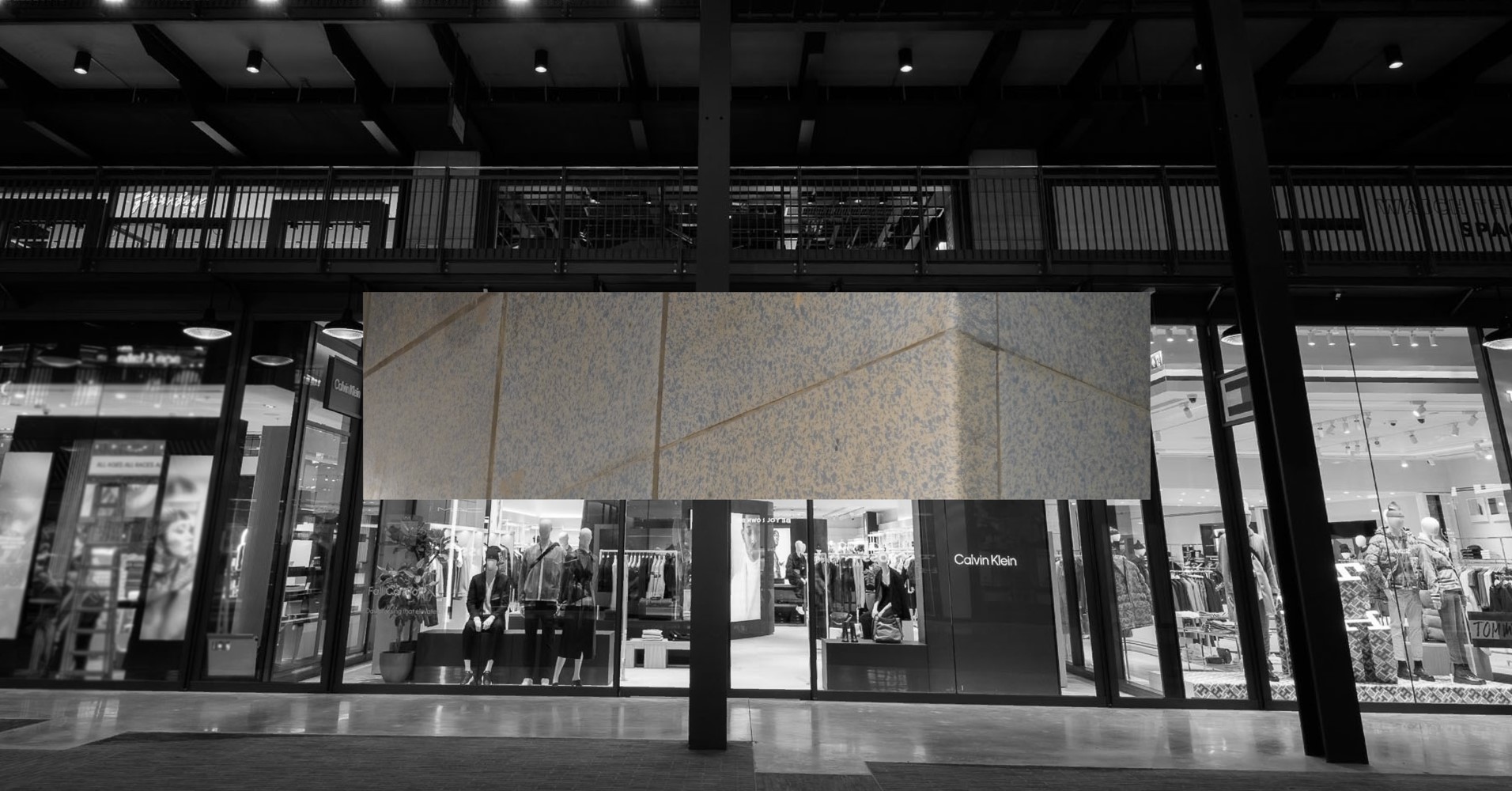Architects are essential for heritage building projects, especially in their role as an executive architect – as the bridge between the client, consultants, and local authorities. With expertise in local regulations, including building code and permitting, good architectural professionals can make a huge difference in ensuring projects are delivered on time and reach completion.
Mandatory regulation
Eva Diego, our director in Madrid, says “Contacting an architect is mandatory for many countries in Europe because it is part of the official permitting process.” Aimee Hooper, senior associate in Winchester says, in the UK, for example, “It is a criminal offence to carry out works that require listed building consent without formal approval, therefore obtaining advice when working with heritage buildings is key.”
“The architect will be the link with the heritage department and will make sure the project is agreed”, says Carole Netzer, director at Hyphen in France. “Failure to have this will result in a rejected application. However, if the building is not listed but located in a protected area (like most of Paris), a full permit is not requested every time, but it is still important that an architect is involved.
“Certain features of the building will still require collaboration between the architect and local heritage organisation. In Paris, for example, it would be needed when changes are made to the façade.”
Giacomo Spinelli, director in Italy, says that in Milan, “You must apply for a permit from the heritage commission if you are within 100m of a listed building – even if the building you’re working on is not listed!”
The time factor
Getting this formal approval can be a lengthy process. “The timescales to achieve consent can be challenging and understanding this as soon as possible is really important,” says Aimee. “So, the client and project team are aligned on the programme and potential risks. Due to the nature of the buildings and their listing, more attention and time needs to be spent obtaining, reviewing, and providing the relevant information to ensure the heritage asset is preserved.”
Laura Vatteroni, Associate in our Milan office says, “in Italy, the Soprintendenza (supervisory authority for culture and heritage) typically takes 120 days to review and approve a project. You need to issue the permit before the work begins on site. However, if the design changes during the execution of the work, the permit must again be reviewed by the Soprintendenza. This means that any unforeseen site constraint impacting the design will be subject to the same procedure and timeframe as the initial permit.”
Appointing an expert
Rachel McCurry and Georgina Mullen, associates in our Ireland office explain, “There are many constraints on heritage buildings that developers and clients may not be aware of. Architects will have access to information, knowledge, resources, and skills to provide direction that will aid the success of the project.”
“This specialist advice in the planning phase is what really adds value to the process”, says Eva. “Seeking advice on the timeframe, costs, materials and quality is all essential and the answers won’t be the same for every location and type of project.”
Looking for your next project location? Visit our International Permitting Map for tips and insights into local planning regulations, in many countries across Europe and Latin America.


